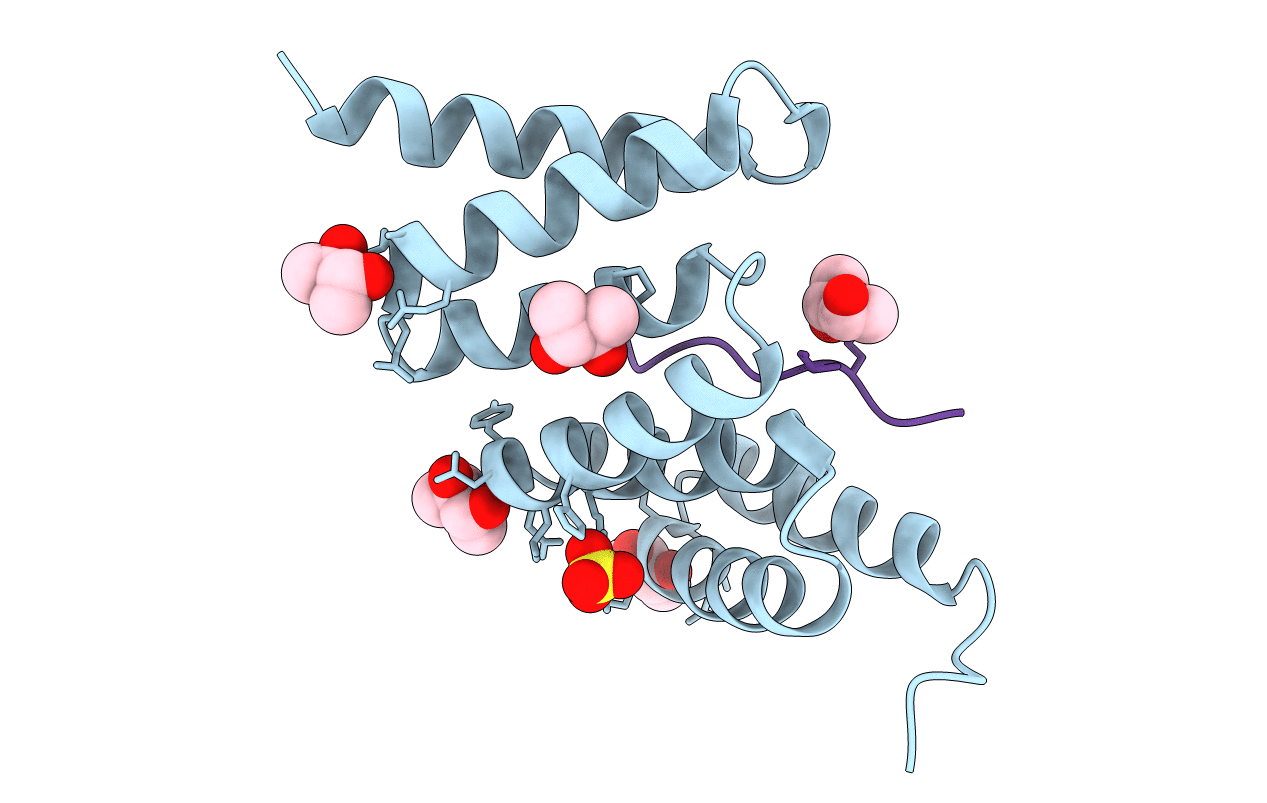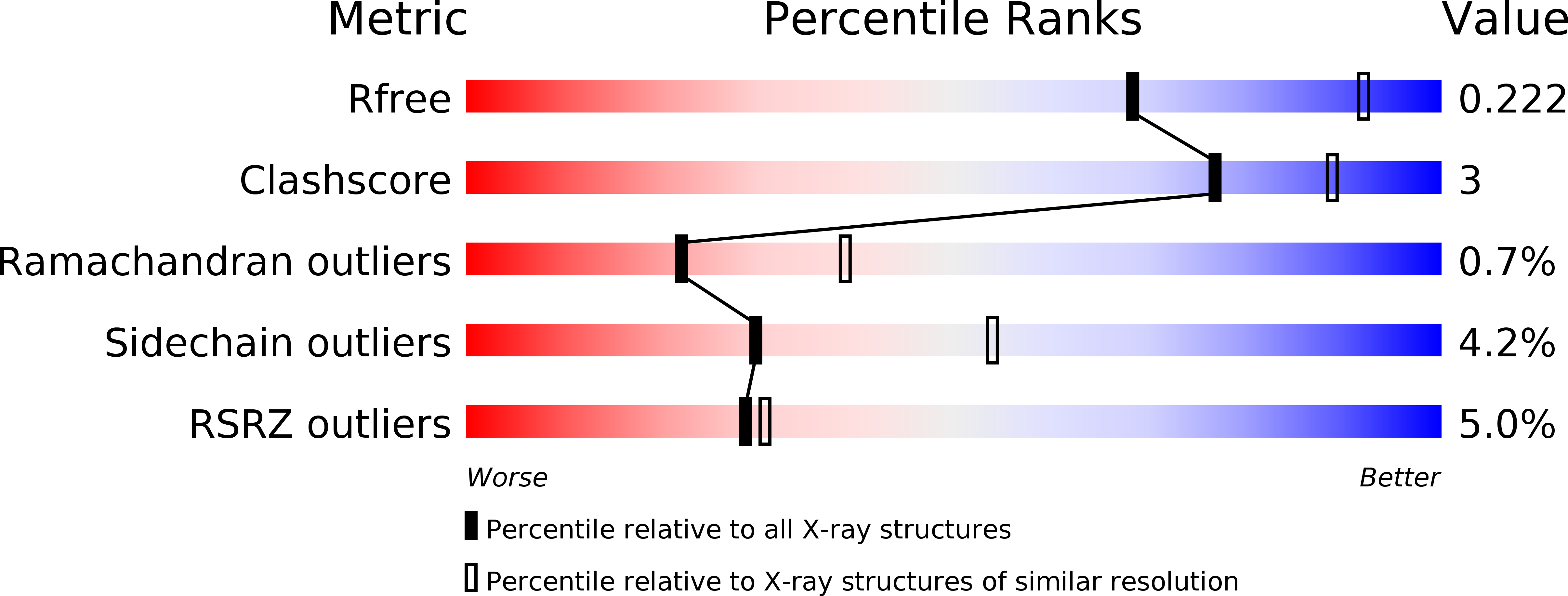
Deposition Date
2012-03-08
Release Date
2012-05-30
Last Version Date
2024-11-13
Entry Detail
PDB ID:
4AM9
Keywords:
Title:
CRYSTAL STRUCTURE OF THE YERSINIA ENTEROCOLITICA TYPE III SECRETION CHAPERONE SYCD IN COMPLEX WITH A PEPTIDE OF THE TRANSLOCATOR YOPD
Biological Source:
Source Organism:
YERSINIA ENTEROCOLITICA (Taxon ID: 630)
Host Organism:
Method Details:
Experimental Method:
Resolution:
2.50 Å
R-Value Free:
0.23
R-Value Work:
0.18
R-Value Observed:
0.19
Space Group:
P 31 2 1


